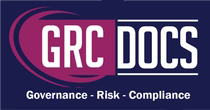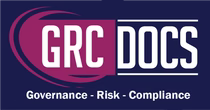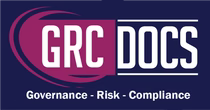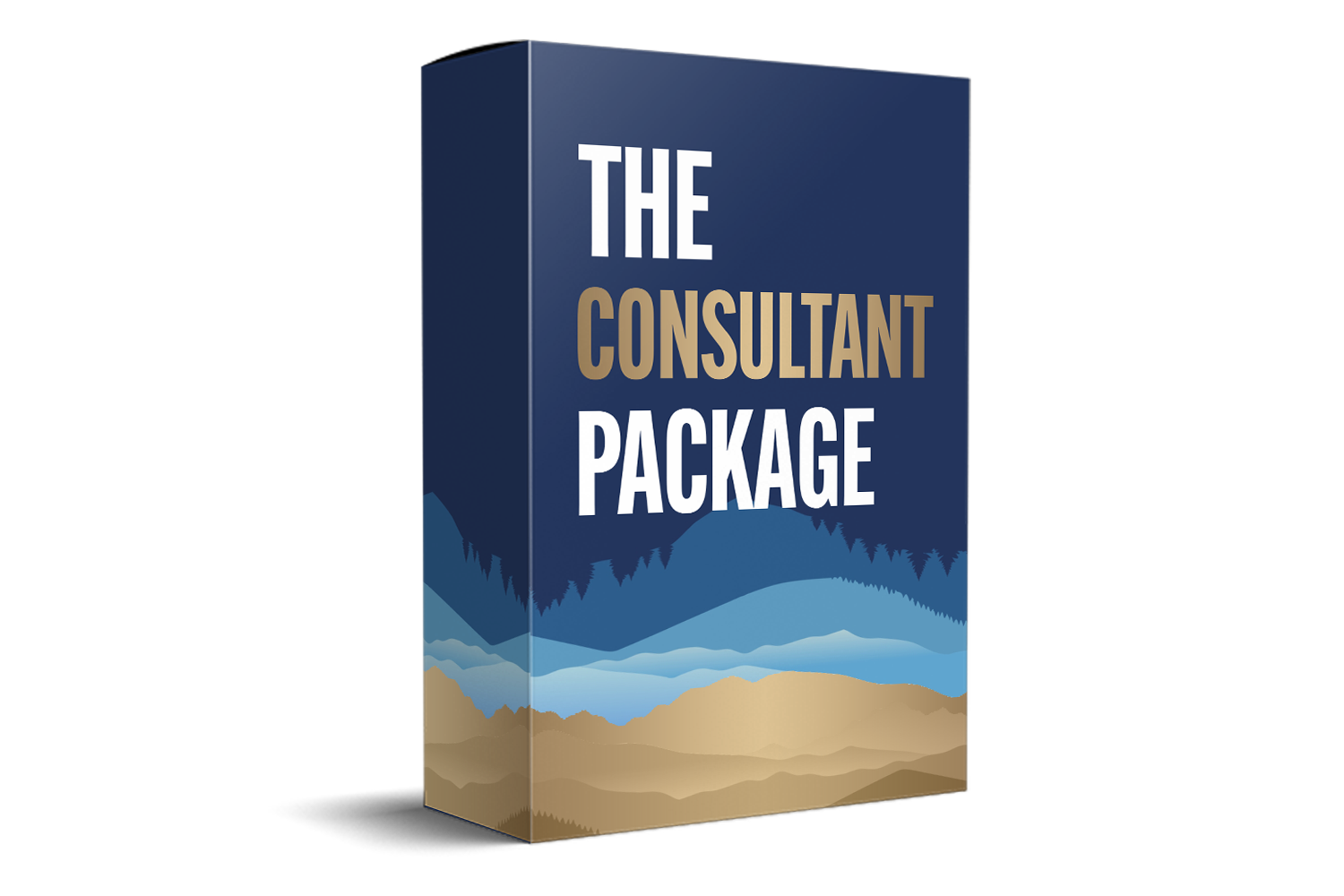SOC 2 Reporting And Dashboard Tool Gain Real-Time Compliance Insights
Introduction
In today's digital age, safeguarding data security and privacy has become paramount for businesses. As companies increasingly lean on cloud services and third-party vendors, ensuring these partners adhere to security standards like SOC 2 is essential. SOC 2 compliance is a robust framework designed to help service organizations manage customer data effectively, based on five core "trust service criteria": security, availability, processing integrity, confidentiality, and privacy.

The Essence Of SOC 2 Audits
SOC 2 audits are not merely procedural; they are foundational to data security. They assess an organization's capability to protect data across various scenarios and potential threats. The audit process involves a thorough examination of systems and processes, evaluating their effectiveness in safeguarding data integrity.
Methodologies In SOC 2 Audits
Different methodologies are employed during SOC 2 audits to ensure comprehensive evaluation. These include reviewing organizational policies, conducting interviews with staff, and performing technical assessments of systems. This multifaceted approach ensures that every aspect of data security is scrutinized.
Audit Preparation And Execution
Preparation for a SOC 2 audit is critical for a successful evaluation. Organizations must gather relevant documentation, align their processes with SOC 2 criteria, and ensure personnel are well-versed in compliance protocols. Execution of the audit involves systematic checks and validations to confirm that all standards are being met.
Why SOC 2 Compliance Matters
SOC 2 compliance goes beyond being a business checkbox; it is a necessity. Here's why:
-
Building Trust with Stakeholders: Clients seek assurance that their data is secure, and SOC 2 compliance builds that trust by demonstrating rigorous data protection measures. When customers see a commitment to security, it enhances their confidence in the organization.
-
Gaining a Competitive Edge: In a marketplace where data breaches are increasingly common, being SOC 2 compliant distinguishes a business from competitors lacking robust security measures. Compliance signals to clients that an organization prioritizes data security.
-
Meeting Regulatory Requirements: For many industries, compliance with SOC 2 standards is not optional but a regulatory requirement. It ensures that organizations meet legal obligations, avoiding potential legal repercussions and penalties.
-
Enhancing Internal Processes: Achieving SOC 2 compliance often necessitates improvements in internal processes, leading to more efficient operations. It requires organizations to streamline their workflows, reduce redundancies, and implement best practices across the board.
- Increasing Customer Retention: SOC 2 compliance can positively impact customer retention rates. Clients are more likely to stay with a service provider that consistently demonstrates a commitment to data protection and privacy.
The Role Of SOC 2 Reporting Tools
A SOC 2 reporting tool is vital for organizations aiming to achieve and maintain compliance. Here's how these tools assist:
-
Automating the Audit Process: Conducting a SOC 2 audit manually is often time-consuming and susceptible to errors. Reporting tools automate data collection and analysis, making audits more efficient. This automation allows organizations to focus on addressing compliance gaps rather than paperwork.
-
Facilitating Real-Time Compliance Monitoring: SOC 2 reporting tools offer real-time monitoring of compliance status, enabling organizations to track their progress towards meeting trust service criteria and swiftly address issues. This proactive stance helps prevent non-compliance and ensures ongoing data protection.
-
Streamlining Centralized Data Management: With a reporting tool, compliance-related data is stored centrally, simplifying access for auditors and stakeholders. This centralized approach eliminates the need to sift through disparate systems or documents, enhancing efficiency and accuracy.
-
Enabling Comprehensive Reporting: Effective reporting tools generate detailed reports that provide insights into compliance status and areas needing improvement. These reports are essential for internal assessments and external audits, ensuring transparency and accountability.
- Supporting Continuous Improvement: SOC 2 reporting tools facilitate continuous improvement by identifying trends and patterns in compliance data. Organizations can leverage this information to refine their security measures and enhance their overall security posture.
The Benefits Of A SOC 2 Dashboard
A SOC 2 dashboard complements the reporting tool by providing a visual representation of compliance data. Here are some benefits of using a dashboard:
-
Simplifying Data Visualization: Dashboards present a clear, concise view of an organization's compliance status. Visual elements like charts and graphs simplify complex data, making it easy for stakeholders to grasp the organization's security posture quickly.
-
Facilitating Informed Decision-Making: By presenting data in an accessible format, dashboards empower decision-makers to make informed choices about security measures and resource allocation. This ensures that efforts are focused on areas requiring the most attention.
-
Enhancing Interdepartmental Communication: A SOC 2 dashboard improves communication between departments and external stakeholders. By sharing a common view of compliance data, everyone involved can align their efforts towards achieving and maintaining SOC 2 compliance.
-
Promoting Transparency and Accountability: Dashboards promote transparency by providing all stakeholders with a clear view of compliance metrics. This transparency fosters accountability, as everyone involved understands their role in maintaining compliance.
- Enabling Quick Identification of Issues: Dashboards allow for the rapid identification of potential compliance issues. Visual alerts and notifications make it easier to spot areas that require immediate attention, facilitating swift corrective action.
Choosing The Right SOC 2 Reporting And Dashboard Tool
When selecting a SOC 2 reporting and dashboard tool, organizations should consider the following factors:
-
Ensuring Seamless Integration Capabilities: The tool should integrate seamlessly with existing systems and software, ensuring smooth data flow between platforms. This integration reduces the risk of errors and discrepancies, enhancing overall efficiency.
-
Offering Customization Options: Every organization has unique compliance needs. A quality SOC 2 tool should offer customization options, allowing organizations to tailor reporting and dashboard features to their specific requirements.
-
Prioritizing User-Friendly Interfaces: A complex tool can hinder rather than help the compliance process. It's crucial to select a tool with an intuitive interface that makes it easy for users to navigate and access necessary information.
-
Evaluating Vendor Support Quality: Choose a vendor that provides robust customer support. This ensures that any tool-related issues are quickly resolved, minimizing downtime and disruption to the compliance process.
- Assessing Cost-Effectiveness: Consider the cost-effectiveness of the tool, ensuring it provides value for money without compromising on features. A cost-effective tool should meet all compliance needs within the organization's budget constraints.
Implementing A SOC 2 Compliance Strategy
To effectively implement a SOC 2 compliance strategy, organizations should follow these steps:
-
Conducting a Comprehensive Compliance Assessment: Evaluate the organization's current adherence to SOC 2 standards, identifying gaps that need addressing. This assessment forms the foundation for an effective compliance strategy.
-
Developing a Detailed Compliance Plan: Create a detailed plan outlining the steps required to achieve and maintain compliance, including timelines, resource allocation, and responsibilities. This structured approach ensures all aspects of compliance are covered.
-
Leveraging Advanced Technology: Utilize a SOC 2 reporting and dashboard tool to streamline the audit process and monitor compliance status in real-time. Technology plays a crucial role in enhancing efficiency and accuracy.
-
Scheduling Regular Audits: Regular SOC 2 audits ensure ongoing compliance and help identify improvement areas. These audits should be part of a continuous compliance strategy to maintain high security standards.
- Fostering a Security-First Culture: Encourage a company-wide commitment to data security by providing training and resources to employees at all levels. Cultivating a security-first culture is essential for sustained compliance.
Conclusion
Achieving SOC 2 compliance is a critical step for organizations that handle customer data. By leveraging a SOC 2 reporting and dashboard tool, businesses can streamline the audit process, monitor compliance in real-time, and make data-driven decisions to enhance their security posture. As the digital landscape continues to evolve, maintaining SOC 2 compliance will be key to building trust with clients and staying ahead of the competition. Investing in robust compliance tools and strategies is not just beneficial; it is necessary for long-term success.






